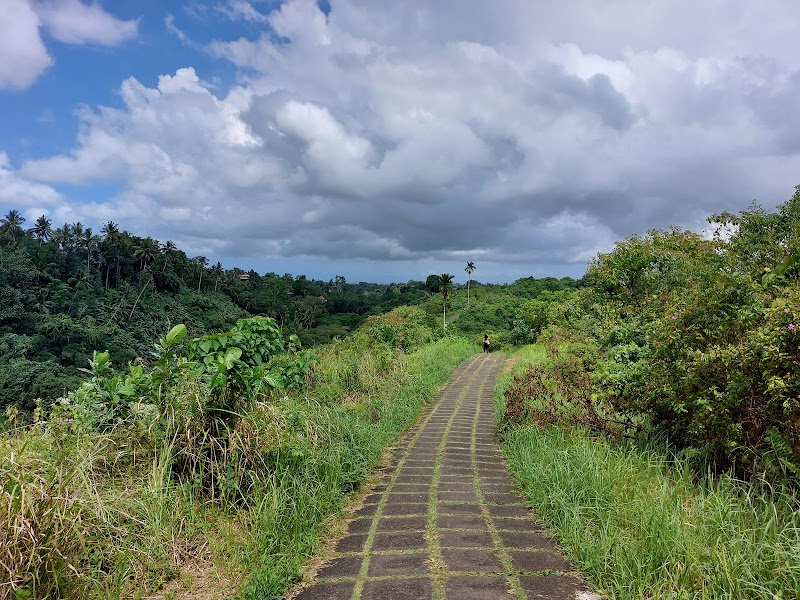
Gianyar Regency Adventures
Gianyar Regency in Bali is known for its rich cultural heritage and stunning natural landscapes, making it a prime spot for outdoor activities and exploration.
About Gianyar Regency

Gianyar Regency is located in the province of Bali, Indonesia, and is renowned for its vibrant and diverse ecocultural landscape. The region is characterized by its lush green rice paddies, dense tropical forests, and the flowing Ayung River, the longest in Bali, providing numerous opportunities for rafting and scenic beauty. The historical significance of Gianyar is profound, with ancient temples and cultural sites including the Goa Gajah or Elephant Cave, dating back to the 9th century. Additionally, its artistic heart is Ubud, a bustling hub for traditional crafts, dance, and arts, drawing visitors from around the globe. Outdoor enthusiasts will find ample opportunities for hiking through verdant landscapes, discovering hidden waterfalls, or participating in yoga retreats set against Bali’s serene backdrop. The area’s blend of cultural richness and natural beauty makes it a compelling destination for travelers seeking both adventure and cultural depth.
Highlights
The Sacred Monkey Forest Sanctuary - home to long-tailed macaques.
Tirta Empul Temple - a significant site known for its holy spring water.
Tegallalang Rice Terraces - famous for their beautiful views and traditional irrigation system.
Ayung River - popular for rafting and river trekking.
Notable Natural Features
Ubud Art Market
A vibrant space where local artisans showcase traditional Balinese crafts.
Ubud Palace
The historical residence of the Ubud royal family, open to the public for cultural events.
Goa Gajah
An archaeological site with a cave, fountains, and bathing pools dating back to the 9th century.
